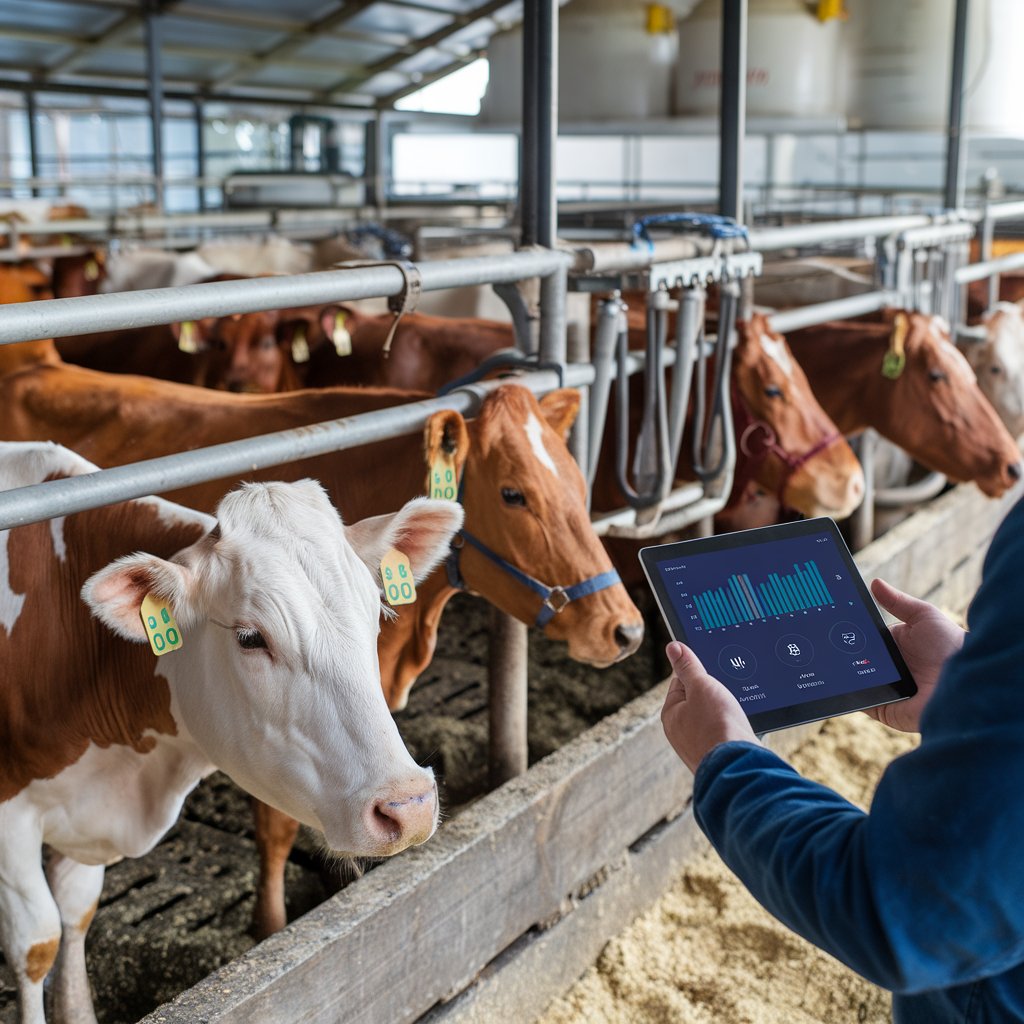The global livestock monitoring market is witnessing rapid growth, driven by increasing demand for precision livestock farming and advanced monitoring technologies. With the rising need for real-time health monitoring, automated feeding systems, and disease detection, livestock monitoring solutions are becoming a crucial component of modern animal farming. This article explores the market size, share, growth drivers, key players, and future trends shaping the livestock monitoring industry through 2031.
Download PDF Brochure @ https://www.marketsandmarkets.com/pdfdownloadNew.asp?id=72634532

Market Overview
The livestock monitoring market is expected to grow from USD 1.65 billion in 2025 to USD 2.57 billion in 2031 at a CAGR of 7.7% during the forecast period. The increasing adoption of smart livestock management solutions, powered by the Internet of Things (IoT), artificial intelligence (AI), and cloud computing, is significantly contributing to market expansion.
Market Drivers
Several factors are fueling the growth of the livestock monitoring market:
- Rising Demand for Precision Livestock Farming – Farmers are leveraging real-time monitoring solutions to enhance productivity and ensure animal welfare.
- Technological Advancements – AI-driven health monitoring, automated feeding, and smart wearables are revolutionizing livestock management.
- Increasing Concerns Over Animal Health and Welfare – Governments and organizations are emphasizing disease prevention and better animal care standards.
- Growing Adoption of IoT and Cloud-Based Solutions – Cloud-connected monitoring systems allow remote access and data-driven decision-making.
- Rising Global Meat and Dairy Consumption – The increasing demand for high-quality meat and dairy products is driving the need for better livestock management solutions.
Market Segmentation
The livestock monitoring market can be segmented based on component, animal type, application, and region.
- By Component: Hardware (sensors, cameras, wearables), Software, and Services
- By Animal Type: Cattle, Poultry, Swine, Equine, Others
- By Application: Health Monitoring, Feeding Management, Heat Detection, Milk Harvesting, Behavior Monitoring, Others
- By Region: North America, Europe, Asia-Pacific, Latin America, Middle East & Africa
Regional Analysis
- North America: The largest market, driven by advanced livestock farming techniques and high technology adoption rates.
- Europe: Growing awareness of animal welfare and regulatory support are fueling market expansion.
- Asia-Pacific: Expected to witness the highest CAGR due to rising livestock population and increasing investments in smart farming.
- Latin America and MEA: Emerging markets with growing technological adoption in livestock management.
Key Players in the Market
Some of the leading companies in the livestock monitoring industry include:
- DeLaval
- GEA Group
- BouMatic
- Lely International
- Allflex Livestock Intelligence (Merck Animal Health)
- Afimilk Ltd.
- Nedap NV
- Smartbow GmbH
These companies are investing in R&D, partnerships, and new product launches to strengthen their market position.
Future Trends and Opportunities
- AI and Machine Learning Integration – Advanced predictive analytics will enhance livestock health management.
- Expansion of 5G and IoT Connectivity – Faster data transmission will improve real-time monitoring efficiency.
- Growth in Wearable Devices for Animals – Smart collars, ear tags, and RFID-based tracking systems are becoming more prevalent.
- Sustainability and Eco-Friendly Solutions – Livestock monitoring systems are helping reduce resource wastage and environmental impact.
- Blockchain in Livestock Management – Enhancing traceability and transparency in the supply chain.
The livestock monitoring market is poised for significant growth through 2031, driven by technological advancements and increasing awareness of precision livestock farming. As the industry continues to evolve, innovations in AI, IoT, and cloud computing will play a crucial role in shaping its future. Market players focusing on smart, sustainable, and data-driven solutions will have a competitive edge in this rapidly expanding industry.